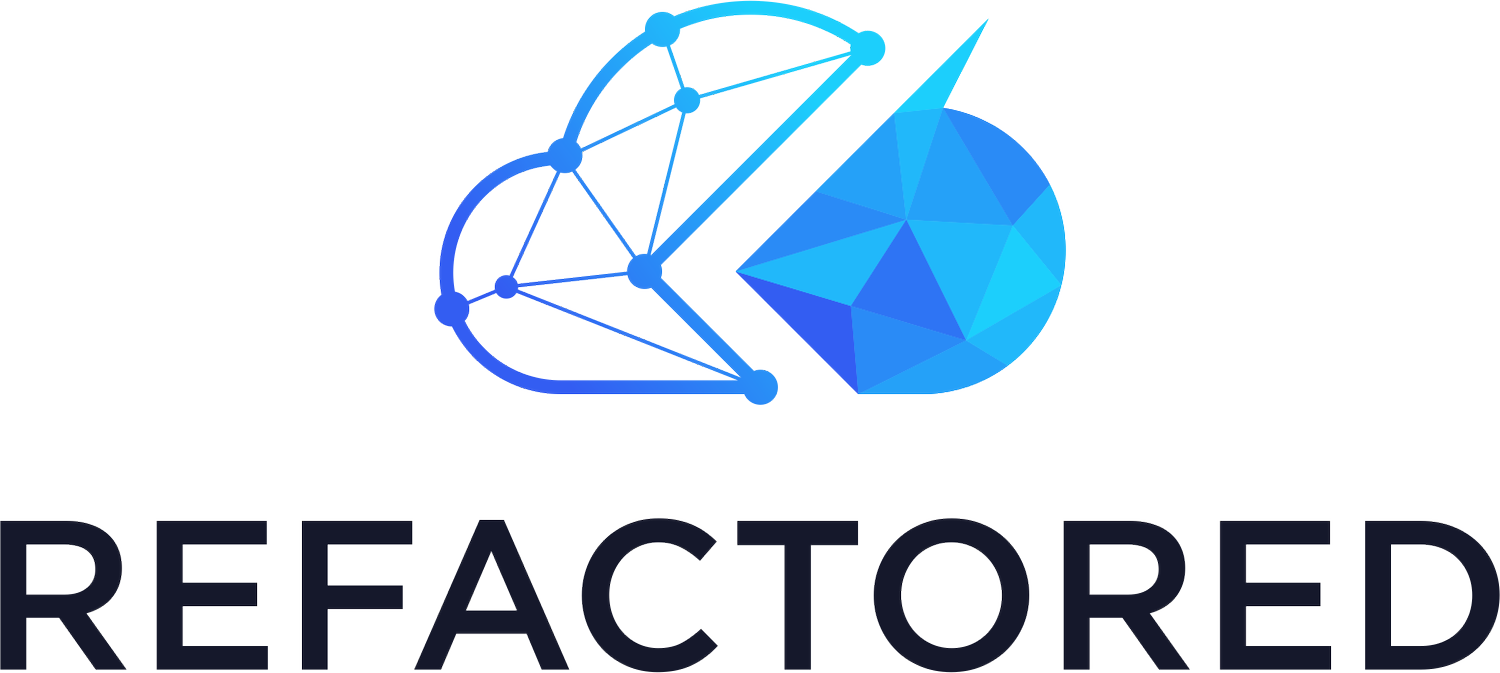AZ900 - Azure Fundamentals - Cloud Service Models
Cloud computing has revolutionized the way businesses approach IT infrastructure and services. When considering a move to the cloud, organizations are faced with various service models to choose from, each catering to specific needs and requirements. In this blog post, we will explore the key differences between the three primary cloud service models: public, private, and hybrid. Understanding these models will help businesses make informed decisions about the optimal approach to leverage the benefits of cloud computing.
Public Cloud:
Public cloud services are provided by third-party service providers and are accessible to the general public over the internet. These services are built on shared resources and infrastructure, allowing multiple organizations or users to share the same pool of computing resources.
Key Features and Benefits:
Cost-Effective: Public cloud services follow a pay-as-you-go model, allowing organizations to pay only for the resources they use. This eliminates the need for upfront infrastructure investment or capital expenditure.
Scalability and Elasticity: Public clouds offer unparalleled scalability, enabling businesses to quickly scale resources up or down based on demand. Elasticity ensures optimal performance during peak usage periods.
Easy Maintenance: Service providers handle maintenance, updates, and security of the underlying infrastructure, freeing organizations from these responsibilities and allowing them to focus on their core business.
Disadvantages:
Public Clouds are run by third party providers, which means you do not fully control all security aspects. Which means there might be security requirements or government policies that can not be met.
The Pay as you go model means there are no capital expenditure but this also means do not own the hardware.
Private Cloud:
Private cloud services are dedicated to a single organization and can be hosted on-premises or by a third-party provider. The infrastructure, resources, and services are exclusive to the organization, providing greater control and security.
Key Features and Benefits:
Enhanced Security: Private clouds offer greater control over data and security measures, making them an ideal choice for organizations dealing with sensitive or confidential information.
Customization and Control: Organizations have full control over the private cloud infrastructure, allowing for customization to meet specific business needs and compliance requirements.
Improved Performance: Since resources are not shared with other organizations, private clouds provide predictable and consistent performance, ensuring reliable service delivery.
Disadvantages:
As the hardware is managed by the private organisation there is a large upfront cost in purchasing hardware. This adds a lag in bringing additional equipment online due to the provisioning process.
Management of the private datacenter requires additional skill to ensure the hardware if properly maintained.
Hybrid Cloud:
Hybrid cloud is a combination of both public and private cloud services, allowing organizations to leverage the benefits of both models. It offers a seamless integration of resources, applications, and services across multiple cloud environments and give potential capacity to run legacy workloads.
Key Features and Benefits:
Flexibility and Agility: Hybrid cloud enables organizations to take advantage of the scalability and cost-effectiveness of the public cloud while retaining control over critical data and applications in the private cloud.
Data Sovereignty: Organizations can maintain compliance with data residency regulations by storing sensitive data in the private cloud while utilizing the public cloud for non-sensitive workloads.
Disaster Recovery and Business Continuity: Hybrid cloud architecture provides a robust disaster recovery strategy, allowing organizations to replicate critical data and applications in multiple locations for enhanced resilience.
Disadvantages:
Hybrid configurations can introduce complexity in setup and maintenance.
Cost can be higher due to the additional hardware and services needed.
Choosing the right cloud service model is crucial for organizations seeking to harness the full potential of cloud computing. Public clouds offer scalability, cost-effectiveness, and easy maintenance, while private clouds provide enhanced security, customization, and control. Hybrid clouds combine the best of both worlds, enabling organizations to achieve flexibility, agility, and data sovereignty. By understanding the differences between public, private, and hybrid cloud service models, businesses can align their cloud strategies with their unique requirements and drive successful digital transformations.
Additional Information
Video
